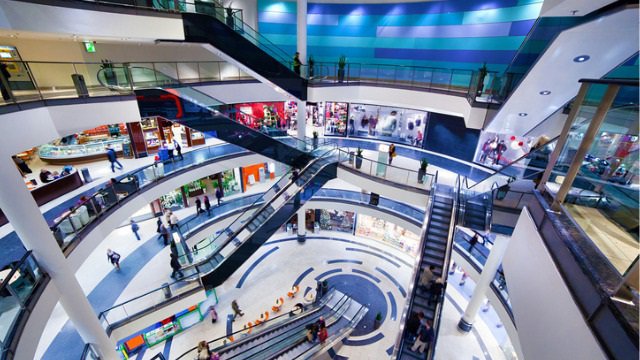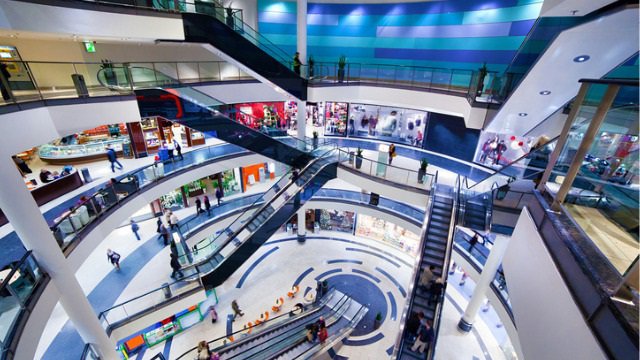Commentary

Photo by iStock.com
By Kiran Smith, CEO of Arnold
In the past few years, we’ve seen brick and mortar retail in decline. With stores closing left and right, from big box retailers to small businesses, thousands of stores shuttered in 2018 and big chains, from Macy’s to Target to Starbucks, have plans to close hundreds more this year. Those are very scary numbers, and when faced with these facts, we jump to the conclusion that retail is dying, but I don’t believe that is true. Consumer preferences are changing, but retail isn’t dead.
The changing retail landscape
The truth of the matter is that the retail landscape is evolving. Success at the shelf is no longer about the depth and breadth of inventory, but rather creating engaging experiences for customers. Many of the organizations that are struggling today were at one point very established brands who dominated the market by offering customers a plethora of products to choose from. They relied on their size and scale as advantages to win customers and chose to ignore indications that consumer behaviors were beginning to change. Advancements in technology have allowed consumers to decide how and when they shop and have created ecosystems where frictionless experiences are rewarded more so than assortment of SKUs. By the time many of these monolithic brands realized these new technologies weren’t just fads, but rather fundamental shifts in how consumers were shopping, it was too late to try and adapt.
What it comes down to is that the definition of the table stakes that businesses built their retail strategy on are no longer valid today. For example, many shoppers prefer to shop online and can easily do so, which has certainly hampered in-store retail sales. However, that doesn’t mean give up, it means find a new table stake to continue to grow in that environment. Merge the physical and digital worlds. Link the shopping experience in any way to the customers’ smartphone. Embrace augmented reality. Allow ‘virtual shelves,’ the ability to try it on in the store and have it shipped directly to the customer’s home. What we’re seeing is that features that seem like a ‘nice to have’ are quickly becoming a ‘must have’ pillar in a successful retail strategy.
Creating a meaningful connection with the consumer
I am a fundamental believer in the retail experience. People crave human interaction, and the more technology we bring into our lives, the more we crave a tangible experience that we can actively participate in. While taking shopping online fits into our increasingly busy lives and is certainly more convenient, it is progressively becoming more and more impersonal, especially when compared to what the retail model used to look like 10 years ago.
The retailers that create an experience that doesn’t feel like a transaction are those that are going to succeed. It must be done in an environment where consumers feel welcome, want to spend their time their and ultimately want to make a purchase there.
Coming from someone who spent 20 years in retail, what drives me everyday still is that it is all about getting the attention of and creating a relationship with the consumer. As a brand, you have to be able to connect with the target segment and help them understand why that product or that experience is right for them. Some of the time, the only way you can do that is by telling a story. In my new role at Arnold, I see this every day. We are storytellers and look to create stories and campaigns that last, that reach the consumer and are memorable for days, weeks, and years to come.
In a world where consumers are bombarded with so many messages, we build stories that break through and are based on a fundamental truth or insight on what the product is and what need it is fulfilling for the customer. I feel strongly this is something that has been lost in the retail market, eclipsed by shininess and convenience of shopping online but that it is still something many customers crave and are attracted to when they make purchasing decisions. Retailers can fulfill this need and not just online.
The role of analytics
Today, a large part of creating and fostering this connection is knowing your audience and tailoring your message to match their interests. There is so much information out there it’s almost overwhelming — both for the customer and for the brand — so it is crucial to have a well thought out strategy in place in terms of identifying an addressable audience, determining what the opportunity is for that audience, and then leveraging the right tools to determine where those customers are, what motivates them, and how to get them into the store.
We are operating in a world where instant gratification has become the norm. Consumers think we should know everything about them on the first interaction, and that we meet their needs with just few swipes of the finger. And thanks to how advanced we have become technologically, we do, and we can. With every purchase, loyalty account, newsletter sign-up, and even browsing history, the customer shares their personal information, accepts cookies, allows access to their location, and ultimately helps predict and understand behavior. They are opting in and giving us permission to start personalizing the experience for them.
The days of calling a 1-800 number and providing all your information just to be able to get service are gone. The customer expects that you already have everything you need by the time they first interact with you. Successful brands will think of themselves as points of experience, rather than points of distribution.
Brands today must embrace that the customer is changing every day. How they shop, what they shop for and where they shop is constantly evolving and the industry must continue to evolve with them.
Key to welcoming this change and thriving alongside it are recognizing the need to grow, realizing the power of analytics, and establishing a relationship with a creative partner to help tell your story and create a meaningful connection with the customer. I see the need for the coexistence of these components today and anticipate this multi-pronged approach will remain an integral part of how brands do business for many years to come.
Topics: Customer Experience, Technology, Trends / Statistics
Sponsored Links:

